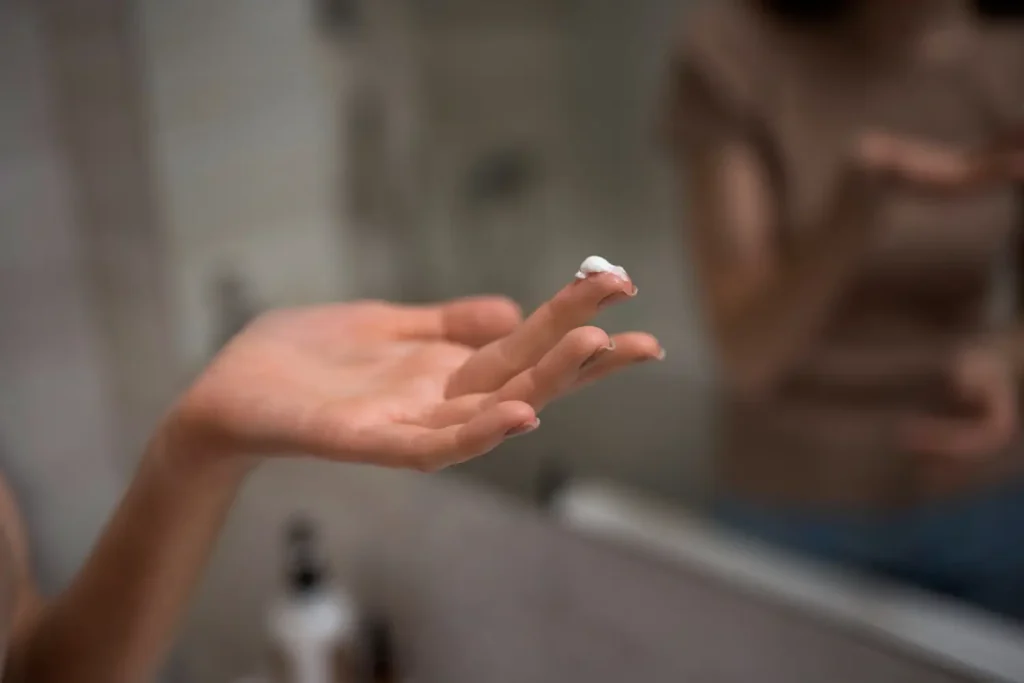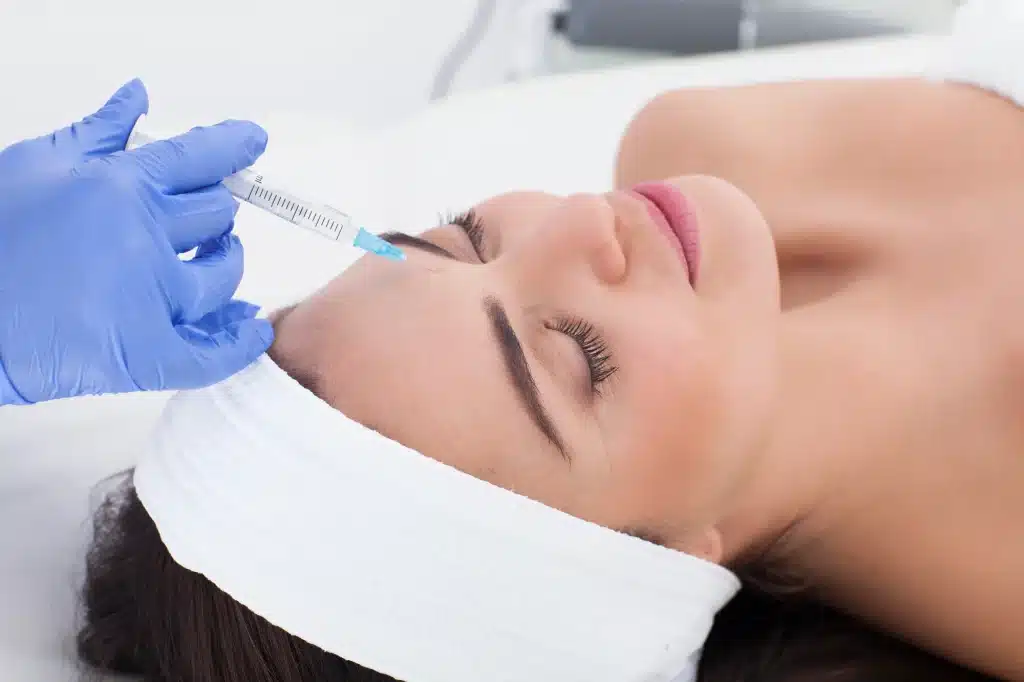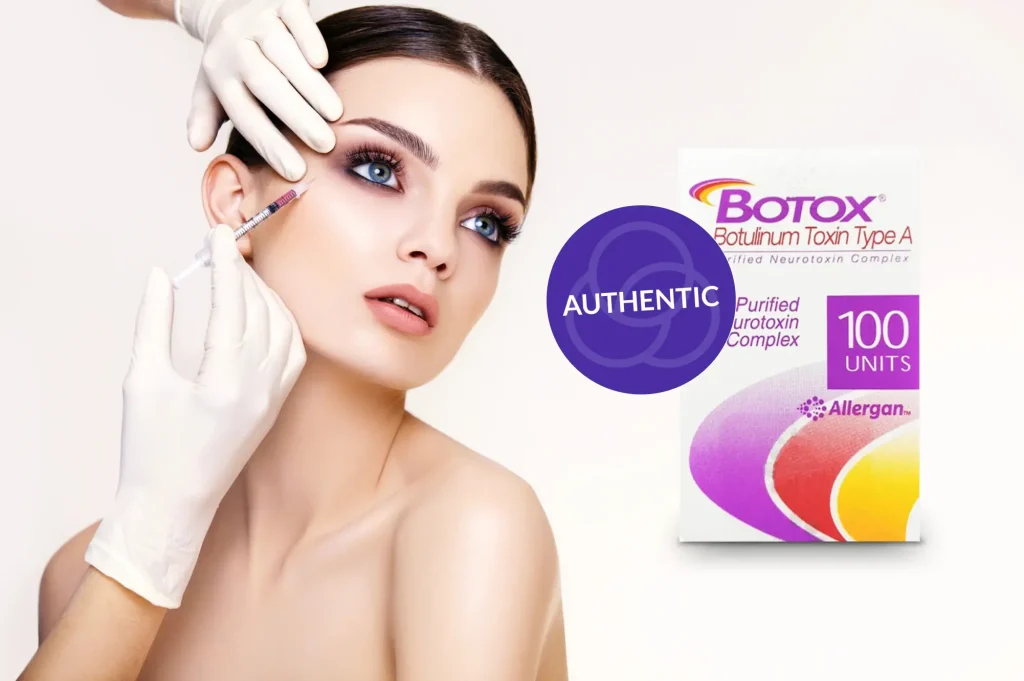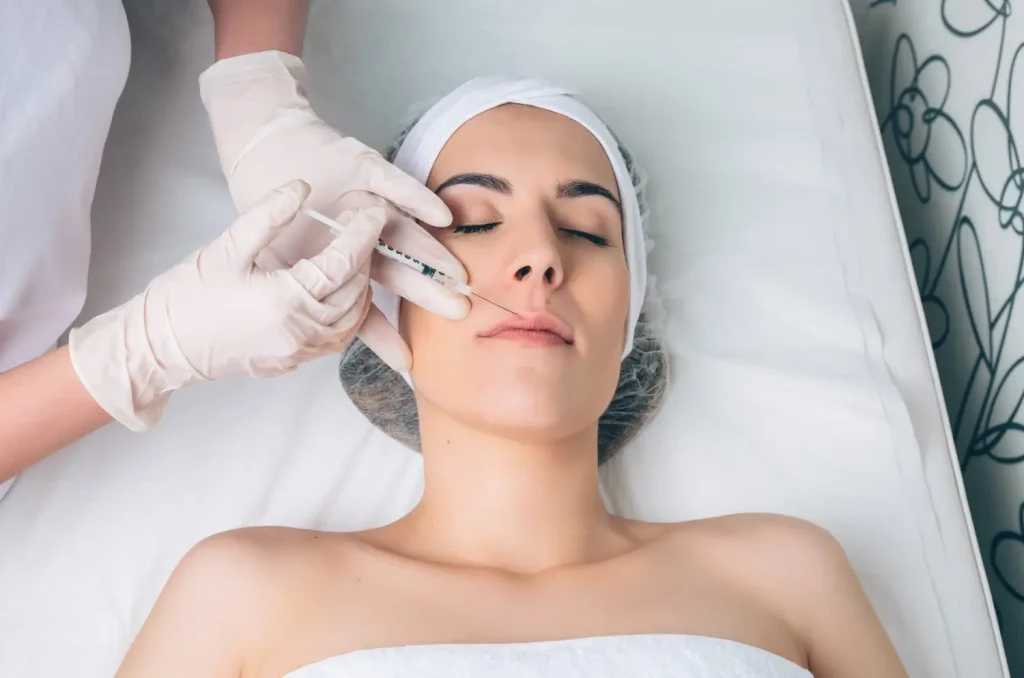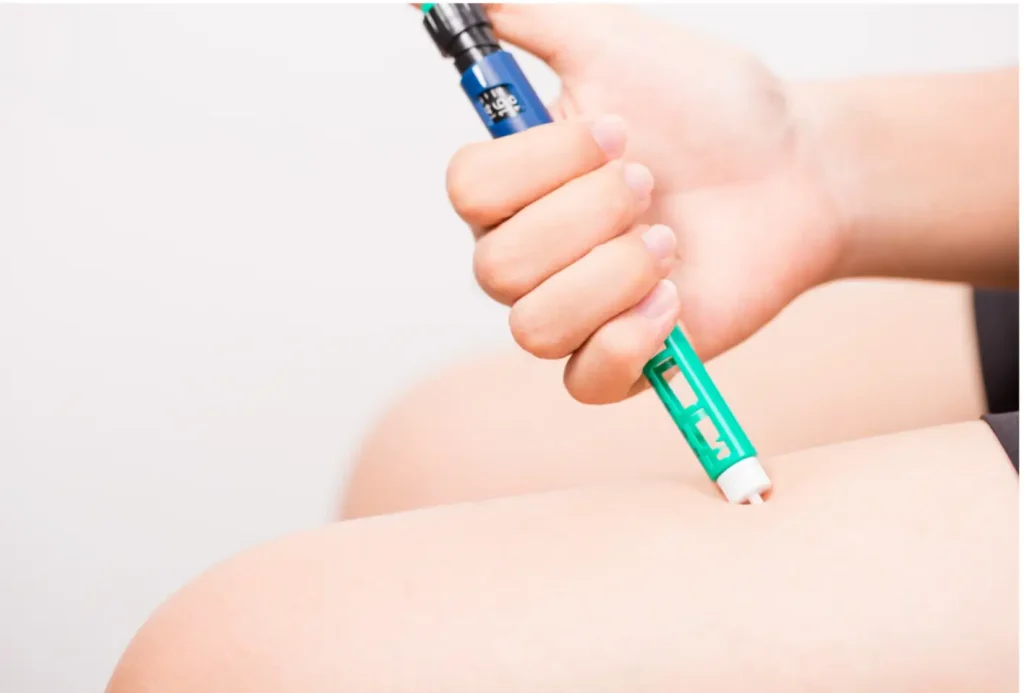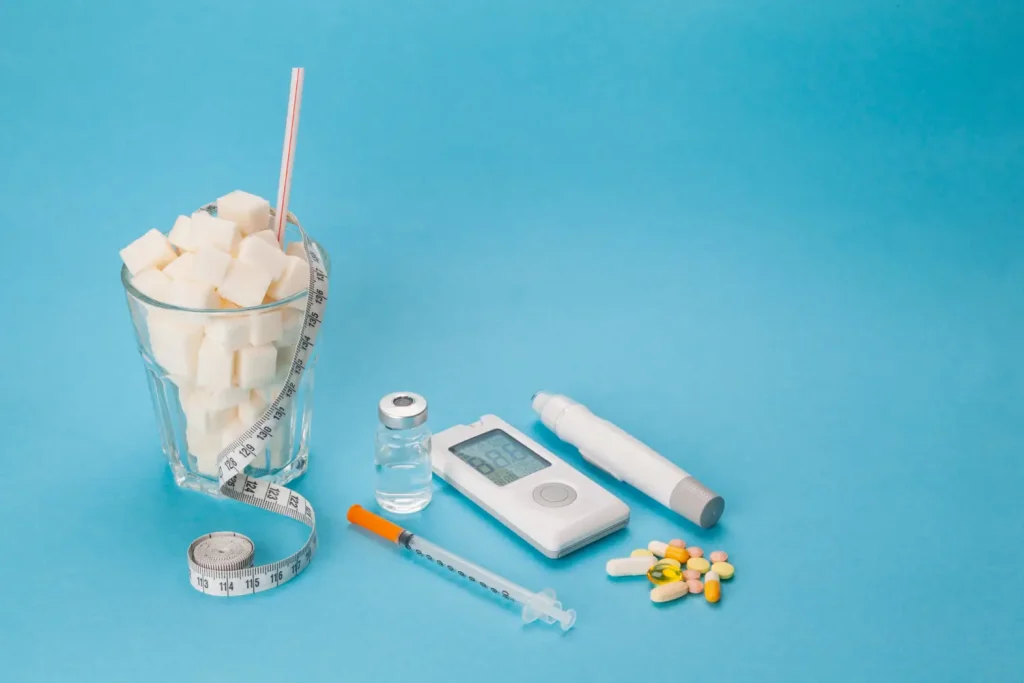When it comes to easing the pain of needle procedures, especially for kids, topical anesthetics like EMLA cream play a big role. A 2023 clinical guideline strongly recommends using these numbing creams for children and teens aged 1 to 18, not just to reduce pain, but also to help prevent needle phobia that can last into adulthood.
While many adults can handle quick needle pokes without extra help, younger patients often need a little more support, both physically and emotionally. That’s where EMLA comes in. This popular cream combines lidocaine and prilocaine to safely numb the skin before common procedures like vaccinations, blood draws, or IV insertions.
But how much EMLA is enough, and how do you use it correctly? In this article, we’ll break down EMLA cream dosage by age and procedure, highlight important safety tips, and share practical advice to make sure you’re getting the most out of this trusted anesthetic in any clinical setting.
Key Takeaways
- For adults, the standard dose is 2.5 grams over 20–25 cm², with a maximum of 60 grams over 600 cm² for large-area procedures. This is applied under occlusion for 60–90 minutes.
- For children and infants, dosing must be carefully adjusted according to age and body surface area, with strict limits and close monitoring, especially in those under 12 months of age.
- Occlusion (covering the cream) and application time are critical factors that enhance absorption and improve anesthetic depth.
- Signs of EMLA toxicity (skin discoloration, confusion, or slowed breathing) require immediate discontinuation and medical attention.
- Elderly patients may metabolize the medication more slowly. Use the minimal effective dose and monitor them closely for adverse effects.
- Though mucosal application is restricted in children, EMLA is approved for genital mucosal use in adults and adolescents under professional supervision.
- Never exceed the recommended dose, coverage area, or application time—safe usage ensures reliable numbing without complications.
About: Medical Spa RX provides medical practices with premium products at the best prices. If you’re looking to buy EMLA Cream for your practice, the sales representatives at Medical Spa RX can give you guidance.
EMLA Dosage Recommendations by Procedure and Age Group
The correct amount of EMLA depends on several factors: age, treatment site, and the type of procedure. Using it properly ensures optimal numbing while reducing the risk of side effects. Below is a simplified overview based on approved product guidelines and clinical data.
For Adults
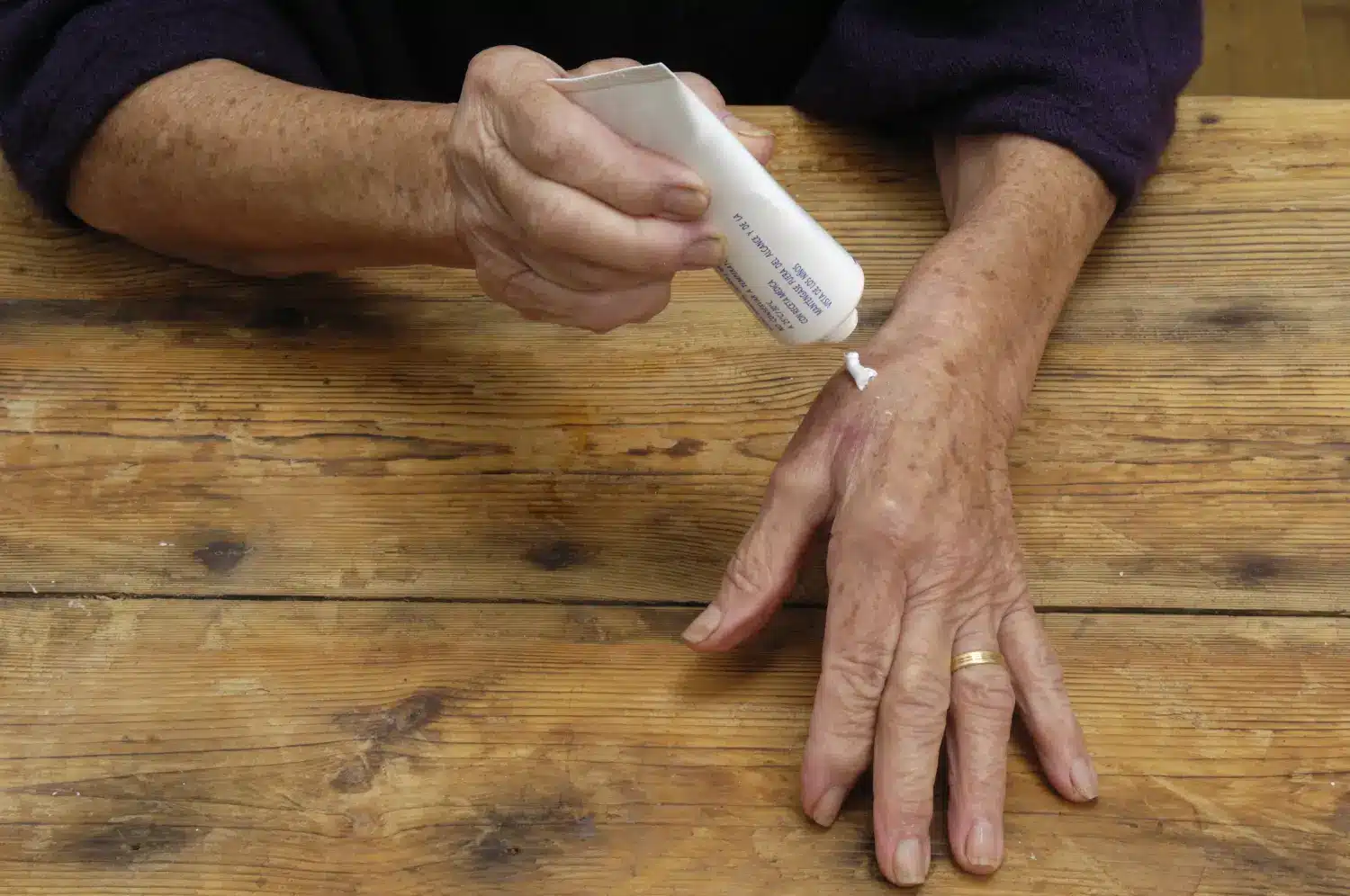
- Minor Dermatologic Procedures (e.g., skin biopsy, wart removal): Apply 2.5 grams over 20–25 cm², covered with an occlusive dressing for 60 minutes.
- Larger Procedures (e.g., laser therapy, skin graft prep): Use up to 60 grams over 600 cm², left under occlusion for 60 to 90 minutes.
- Off-label Aesthetic Procedures (e.g., tattoos, microneedling): Dose depends on surface area (around 2 to 10 grams) but must be administered under supervision by a licensed medical professional.
For Children

Always follow weight- and age-specific guidelines to reduce the risk of systemic toxicity.
- Infants (0–2 months): Maximum 1 gram over 10 cm² for up to 1 hour, strictly under medical supervision.
- Infants (3–11 months): Maximum 2 grams over 20 cm², applied for up to 60 minutes.
- Children (1–5 years): Maximum 10 grams over 100 cm², applied for 60 minutes.
- Children (6–11 years): Maximum 20 grams over 200 cm², applied for 60 minutes.
Note: Always apply with an occlusive dressing and ensure the skin is intact and healthy.
Special Considerations
Although caution is necessary near mucous membranes, EMLA is approved for genital mucosal use in adults and adolescents, particularly for procedures like genital wart removal or catheterization. However, this should only be done under the guidance of a professional.
Avoid using EMLA on broken skin, open wounds, or on areas where systemic absorption could be dangerously high, such as large surface areas or with added heat sources.
How Occlusion and Application Time Affect EMLA Absorption
For EMLA to work effectively, both occlusion and timing are essential.
Occlusion (Covering the Cream)
Using an airtight dressing over the cream keeps it moist, warm, and in contact with the skin, enhancing the absorption of lidocaine and prilocaine. Without occlusion, the cream’s numbing power is greatly reduced.
Application Time
- Under 60 minutes: Often ineffective; absorption is incomplete.
- 60–90 minutes: Ideal for most minor dermatologic or cosmetic procedures.
- 120 minutes or more: Reserved for deeper procedures requiring stronger anesthesia. However, this may increase the risk of adverse reactions.
Tips for Best Results
To maximize EMLA’s effectiveness:
- Always apply on clean, dry, intact skin.
- Spread a thick, even layer. Do not rub it in.
- Use a timing device to ensure consistent application duration.
- Always follow weight-based or age-specific maximums.
Risks of Overuse: Recognizing Signs of EMLA Toxicity
While EMLA cream is generally safe, overuse or incorrect application can lead to serious side effects, particularly in infants, elderly patients, or those with liver and heart conditions.
Common Signs of Overdose or Toxic Reaction
- Skin: Pale or bluish discoloration, possibly indicating methemoglobinemia—a dangerous condition that affects oxygen transport.
- Nervous system: Tremors, drowsiness, confusion, or dizziness.
- Heart: Slow or irregular heartbeat, or low blood pressure.
- Lungs: Shallow breathing or shortness of breath.
- Digestive: Nausea, vomiting, or loss of appetite.
What to Do
- Stop use immediately if any of these signs appear.
- Seek medical help without delay.
- Never exceed the recommended dose, application area, or exposure time.
- Do not use heating pads or wrap the cream in anything that could increase body heat.
Adjusting EMLA Dosage for Infants, Children, and the Elderly
Different age groups process lidocaine and prilocaine differently, making age-appropriate dosing essential for safe use. Compared to alternative numbing agents like LET gel, EMLA vs LET shows differences in formulation, absorption, and metabolic response, especially in pediatric and elderly patients.
- Infants (0–12 months): Due to immature liver enzymes, infants are especially vulnerable. Always use the lowest possible dose, and only with medical supervision.
- Children (1–12 years): Dosing should be adjusted based on both age and body weight. Always apply under occlusion, and refer to official dosing charts for safe parameters.
- Older Adults: The elderly may process anesthetics more slowly. Use the smallest effective dose, limit application time, and closely monitor for side effects, particularly if they have cardiac or hepatic conditions.
Conclusion
EMLA cream offers a safe and effective way to manage pain, but only when used correctly. From children getting vaccinations to adults undergoing minor procedures, proper dosage, timing, and application technique matter.
To ensure the best results:
- Stick to age-specific dosing limits.
- Use an occlusive dressing.
- Apply for the right duration—not too short, not too long.
- Take extra care with vulnerable groups like infants and elderly patients.
When used properly, EMLA provides reliable numbing and greater comfort during medical procedures, making every needle stick a little more bearable.
FAQs
1. Can I use EMLA cream without a prescription?
Yes, in many countries it’s available over the counter, but it’s best to consult a healthcare provider.
2. How much EMLA should I use for waxing or cosmetic procedures?
For adults, use 1–2 grams per 10 cm²; do not exceed 10 grams in total.
3. Is it safe to use EMLA on broken skin?
No. EMLA should not be applied to broken or inflamed skin as it increases the risk of systemic absorption.
4. Can I use EMLA cream for tattoos or laser treatments?
Yes, but follow proper dosing and timing, and consult your practitioner for specific guidance.
5. How long does EMLA take to numb the skin?
It typically takes 60–90 minutes under occlusion for full effect.
6. What happens if I leave EMLA on too long?
Prolonged application can lead to toxicity. Always follow the recommended timing and dosage.
7. Can children use EMLA cream?
Yes, but only in age-appropriate amounts and under adult supervision or medical advice.
References
The Royal Children’s Hospital. 4.4.2 topical anaesthesia. Royal Children’s Hospital Clinical Practice Guideline. May 12, 2016. https://www.rch.org.au/uploadedFiles/Main/Content/rchcpg/hospital_clinical_guideline_index/PPM%204.4.2%20topical%20anaesthesia%20120516.pdf
EMLA Cream (lidocaine 2.5% and prilocaine 2.5%) [package insert]. AstraZeneca Pharmaceuticals LP; 2018. https://www.accessdata.fda.gov/drugsatfda_docs/label/2018/019941s021lbl.pdf
Drugs.com. EMLA dosage guide. Drugs.com website. Updated April 24, 2025. https://www.drugs.com/dosage/emla.html

